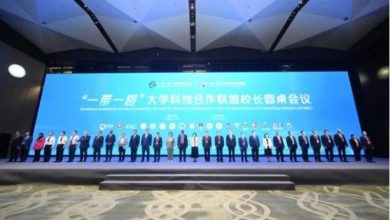China’s yuan leaps to 7-month high, led by stronger yen, unwinding of global carry trade


China’s yuan leapt to a seven-month high against the dollar on Monday, boosted by a stronger Japanese yen and investors rushing to unwind their emerging market carry trades.
Onshore yuan rallied to a high of 7.1150 per dollar in morning trades, the strongest level since January 2.
By 12 noon, the yuan was 0.48 per cent higher at 7.1365 compared with the previous close on Friday. Its offshore counterpart followed the strengthening trend and rose to a high of 7.1123 per dollar before trading 7.1317 around midday.
The sudden uptick in funding currencies, particularly yen and yuan, dented carry trades, after weak US labour data late last week stoked recession worries and expectations of deeper rate cuts by the Federal Reserve.
“The US data amplified the post-FOMC bond rally and generated a more classic risk on/risk off split: higher beta currencies and popular longs underperformed further, while popular funders rebounded – some sharply, including against the dollar,” analysts at Barclays said in a note.
They added that the yuan also gained some support from a hawkish Bank of Japan (BOJ) interest rate hike last week.
Before the market opening, the People’s Bank of China (PBOC) set the midpoint rate, around which the yuan is allowed to trade in a 2 per cent band, at 7.1345 per dollar, 567 pips firmer than a Reuters’ estimate.
The official fixings have been set at firmer-than-expected levels for well over a year, a trend that traders say reflects Beijing’s desire to keep its currency stable.
Ken Cheung, director of FX strategy at Mizuho Securities, does not expect much upside for the yuan from the current level due largely to weak domestic fundamentals.
“The market is carefully gauging whether and when Chinese exporters will start offloading their huge amounts of dollar receipts,” said a trader at a Chinese bank.
Chinese exporters have been unwilling to settle their FX receipts and have been piling them in dollar deposits in the past few years, encouraged by higher US yields and wide gap with Chinese rates.
Currency traders said once exporters start such dollar-to-yuan conversion, it will give the yuan a strong boost. The yuan is still down 0.5 per cent against the dollar so far this year. It has been under pressure since early 2023 as domestic woes around a moribund property sector, anaemic consumption and falling yields drive capital flows out of yuan, and foreign investors stay away from its struggling stock market.





